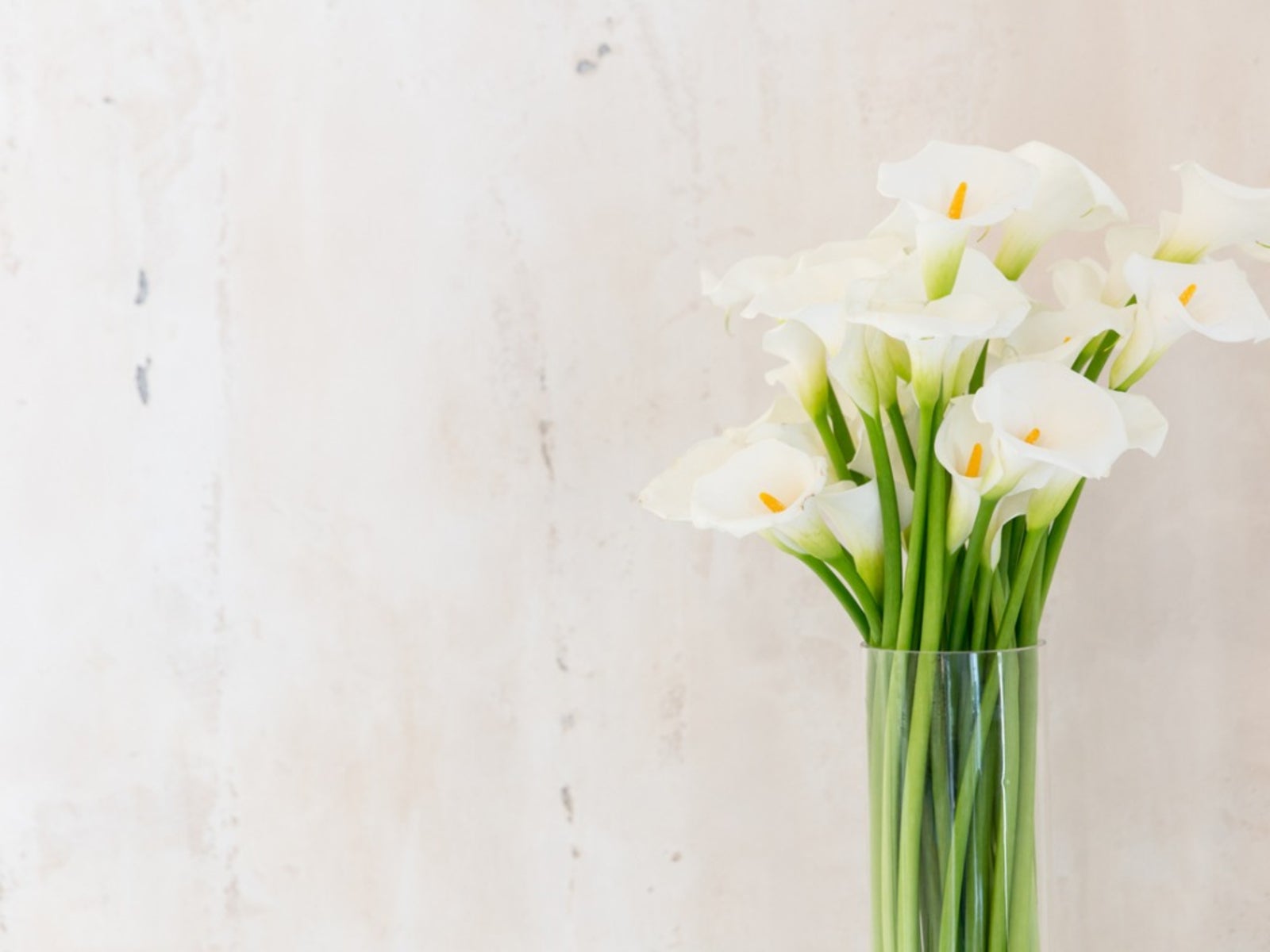Information On Plants Poisonous To Cats


Like dogs, cats are curious by nature and will occasionally get themselves into trouble on account of this. While cats do feast on a great many plants, especially those found in the home, they are usually less likely to feed on an entire plant than most dogs will. Nonetheless, you should always be aware of toxic plants to cats in order to prevent any future issues in and around the home so you can keep your feline friends healthy and safe.
Poisonous Plants for Cats
There are numerous plants that are poisonous to cats. Since there are so many plants toxic to cats, I've chosen to split them into groups of the most common poisonous plants having mild, moderate, or severe effects.
Mildly Toxic Plants to Cats
Although there are many types of plants that can be toxic to cats, most may actually be found in or around the home. Here are some of the most common plants poisonous to cats with mild symptoms:
- Philodendron, Pothos, Dieffenbachia, Peace lily, Poinsettia - Whether it comes from chewing on or ingesting the plants, all of these can lead to mouth and throat irritation, drooling, and vomiting. Note: Massive amounts of poinsettias must be ingested before symptoms occur.
- Ficus and Snake (Mother-in-laws tongue) plants - These can result in vomiting and diarrhea, while Dracaena (corn plant) may cause vomiting, drooling, and staggering. Jade carries the same symptoms in addition to depression.
- Aloe plants - Can result in vomiting, diarrhea, lack of appetite, and staggering.
- Did you know that catnip can be mildly toxic too? While it's normal for cats to appear “drunk” or somewhat “wild” when nibbling on the plant, too much within a short time can also result in vomiting and diarrhea.
Moderately Poisonous Plants for Cats
Some plants result in more severe poisoning. These include:
- Ivy can cause vomiting, diarrhea, drooling, breathing difficulty, fever, and muscle weakness.
- Azalea and rhododendrons can cause vomiting, diarrhea, hypersalivation, weakness, depression of the central nervous system, and in severe cases, death.
- Holly shrubs may result in digestive upset and nervous system depression.
- Norfolk pine causes vomiting, depression, pale gums, and low body temperature.
- Euphorbia (spurge) plants result in mild to moderate digestive upset and excessive salivation.
Severely Toxic Plants to Cats
Severely toxic plants can include any of the following:
- With exception of peace lily and calla lily, all other lily varieties are major threats to cats, causing kidney failure and death. It takes only a small amount to result in poisoning.
- Hydrangea shrubs contain a toxin similar to cyanide and can quickly lead to oxygen deprivation and death.
- All parts of sago palm are considered poisonous, with the seeds (nuts) being the most toxic part of the plant. Ingestion results in acute gastrointestinal symptoms, tremors, and severe liver failure.
- Oleander, even in small amounts, can kill your cat. All parts are highly toxic, resulting in digestive problems, vomiting and diarrhea, irregular heartbeat, depression, and death.
- Mistletoe can also lead to death. Other symptoms include digestive irritation, low heart rate, and temperature, breathing difficulty, staggering, excess thirst, seizures, and coma.
- In small doses, even a couple of bites, the skunk cabbage plant can cause burning and swelling of the mouth and a choking sensation. Eating large portions of the leaves can, in extreme cases, be fatal.
With any of these above severely poisonous plants for cats, don't wait for major symptoms to appear. Take your cat to the vet, along with the plant (if possible) as soon as you can. Also, keep in mind that symptoms will vary from cat to cat, depending on their size and the parts or quantities of the plant ingested. For more extensive lists of plants poisonous to cats, please visit: CFA: Plants and Your Cat ASPCA: Toxic and Non-Toxic Plant List for Cats
Sign up for the Gardening Know How newsletter today and receive a free copy of our e-book "How to Grow Delicious Tomatoes".

Nikki Tilley has been gardening for nearly three decades. The former Senior Editor and Archivist of Gardening Know How, Nikki has also authored six gardening books.